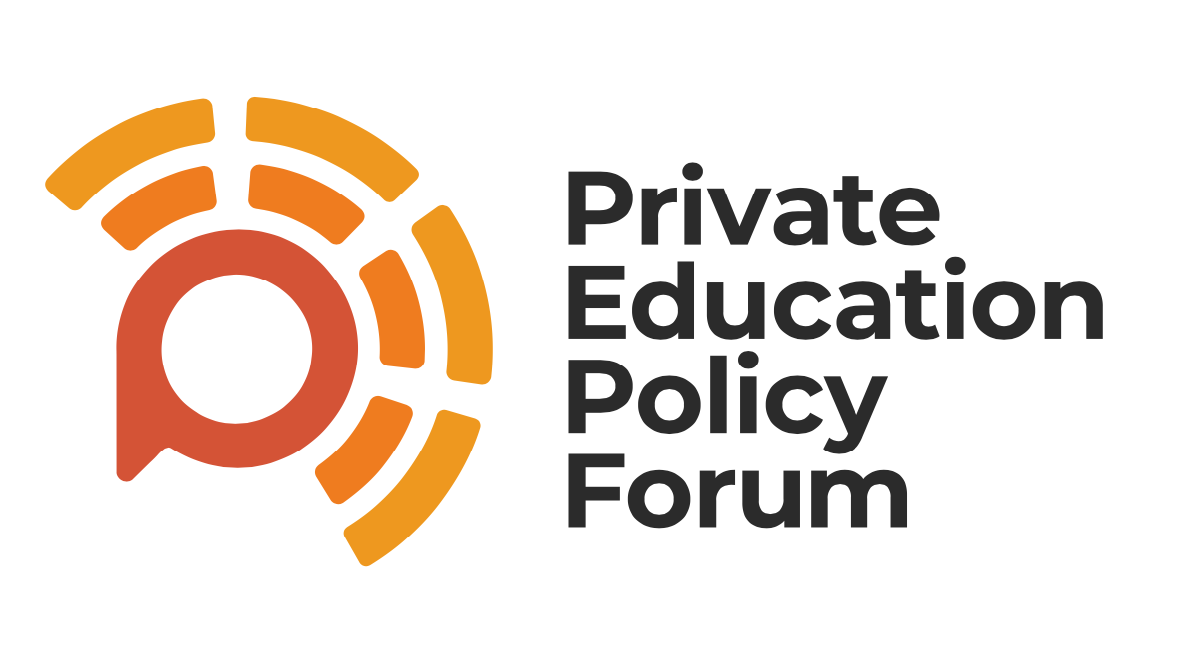
Title:
Educational attainment in the short and long term: was there an advantage to attending faith, private and selective schools for pupils in the 1980s?
Authors:
A. Sullivan, S. Parsons, F. Green, R. Wiggins, G. Ploubidis and T. Huynh (2018). Oxford Review of Education 44(6), 806-822.
What’s it about?
For the last 50 years there have been many types of secondary school in England and Wales – private, comprehensive, selective grammar and ‘secondary-modern’ (the non-selective schools in a grammar school area). Some are also faith schools (Catholic, Church of England, or other religions).
This research asks: does the type of school you went to make a difference to education attainment – the qualifications you end up with? It studies this question for a group of people who were in their teens during the 1980s, now aged 50 or more.
Private school pupils were predicted to perform well both at school and later because, even then, the schools spent much more on each child’s education and many were academically selective. Grammar schools also were academically selective and expected to perform well.
Methodology
The study uses a sample of over 10,000 people born in a single week in 1970 in England or Wales. They were regularly followed as they grew up and in their adult lives, including at age 16 in 1986 and at age 42 in 2012.
The authors compared between school-types the qualifications achieved at school, and also looked at their attained education level by age 42. They used a scale as follows: 0 = none, 1 = grade D-E in O levels or equivalent, 3 = grade A-C in O levels, 4 = A-levels, 5 = Batchelor degree, 6 = Masters degree.
For this, it was vitally important to take account of the fact that the social composition of the pupils varies according to the type of school. They used statistical methods to control for many other factors that might also affect educational attainment, including most importantly their cognitive ability at ages 5 and 10, their social class, the income and home conditions of their upbringing, their parents’ educational achievements, and the religion they were raised in.
What are the findings?
-
Those at private schools or grammar schools gained more ‘O’ levels at age 16 (the pre-cursor to GCSEs) than those at comprehensive schools, while those at ‘secondary modern’ schools gained fewer.
-
Compared to comprehensive school pupils, grammar school pupils had gained, by age 42, an average advantage of 0.35 education levels, while private school pupils gained an average advantage of 0.45 education levels.
-
Those educated at faith schools had gained neither an advantage, nor a disadvantage over those in non-faith schools.
-
Those at secondary modern schools had lost on average 0.16 education levels, compared with those from comprehensive schools.
Thus, for the parents of private school children in 1986, the study gives evidence that the educational advantage they are buying is for the long term.
What are the limitations of this research?
There was no information on the depth of religious practice at faith schools, and despite many controls being included there may have been other factors involved.
Since the 1980s, there are more faith schools, and private schools have become much richer, supported by enormously increased fees. Some findings might therefore be significantly different for the generation now at school.
Explained by: Francis Green, professor of work and education economics at UCL Institute of Education



